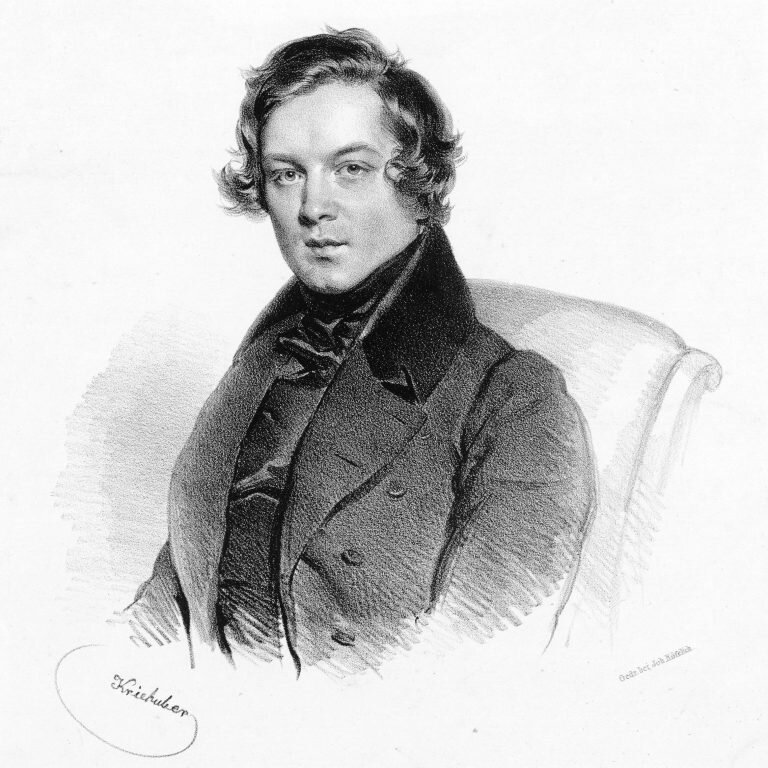
Wagner, Schumann, and the other ‘Tristan’
Richard Wagner and Robert Schumann (born 1810) knew each other from the early 1830s and, in Mein Leben Wagner says that they met from time to time for walks and to exchange ideas about music. Both were Saxons by birth and protestants by upbringing. Schumann was, said Wagner a “profound and productive musician whose work I much admired … but beyond that I didn’t get any real stimulation from his company … and he was too unreceptive to benefit from any serious views of mine.”
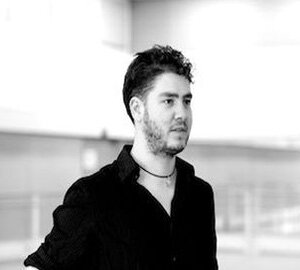
Bellowings at Fate and Death
Wagner, Opera, Stage Directors and the Future
A lecture for the Richard Wagner Society (Victoria)
Greg Eldridge (stage director)
recipient of 2018 Young Artist Award – Bayreuth Scholarship

OUR MARJ, the amazing story of Marjorie Lawrence
Recently, whilst driving through the town of Winchelsea, I noticed a large roadside sign, “Marjorie Lawrence Drive, 1907-1979,” and, in the middle of the town, The Globe Theatre, bore the sign “The home of Marjorie Lawrence.” Did these signs refer to the Marjorie Lawrence who was a Wagnerian dramatic soprano who reached fame in the 1930s?

From the Ring to Parsifal
Durch Mitleid wissend, – ‘enlightened through compassion’ – was the motto theme of Parsifal almost from its conception. In the Spring of 1857, Wagner jotted down ideas inspired by Wolfram von Eschenbach’s medieval romance Parzival, linking the compassionate themes in that story with Christ’s compassion for humanity on the cross. In the following year, shocked at witnessing acts of cruelty towards animals, he declared in a letter to Mathilde Wesendonck that the theme of fellow suffering was central to his art as well as to his philosophy of life.
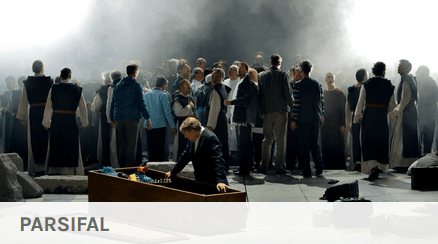
Unravelling Wagner’s Parsifal
In February 1883, Richard Wagner died in Venice, a few months short of his seventieth birthday. Seven months earlier, Parsifal had received its first performance in the festival theatre at Bayreuth.
As a young man, Wagner had been an enthusiastic advocate of social and political reform to the point of involving himself with violent revolutionary movements. The operatic stage, he thought, could be used to create a vision of an ideal society, one governed by love rather than by privilege, property and power. Even for those idealistic times, his views were hopelessly unrealistic, as he came to recognize in exile after 1849.
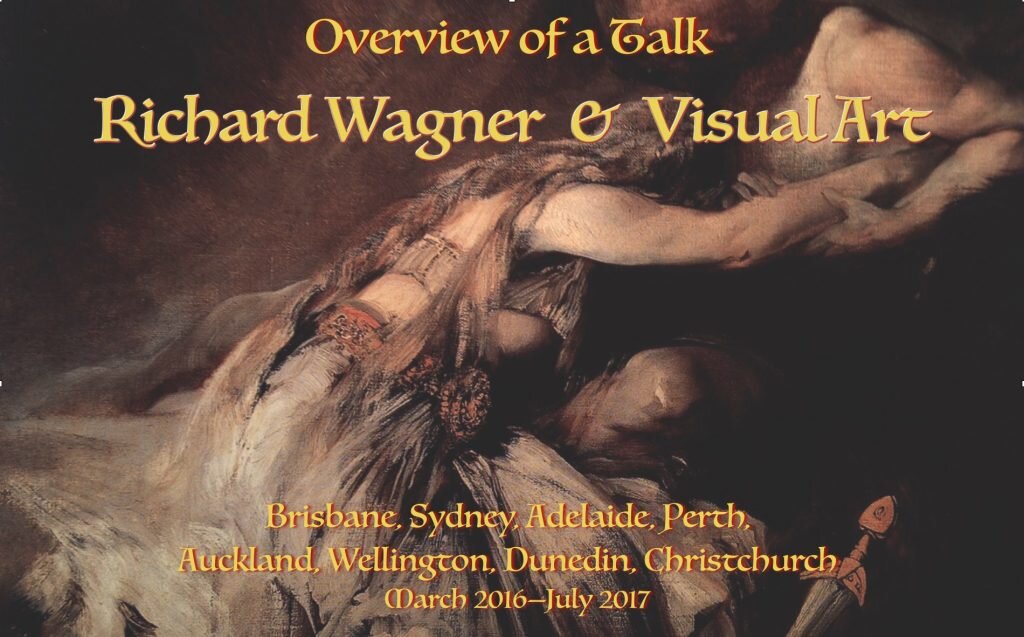
Richard Wagner and Visual Art — The Talk
Despite famously declaring to Mathilde Wesendonck that he was a “philistine” in the visual arts, Richard Wagner wrote music that has inspired countless visual artists.
This survey presents visual art relating to the composer, his family, his associates, his ideas and particularly his music dramas.
As requested by early listeners, the talk includes artworks from Australasian art galleries, whose locations are emphasised by underlining. Apparently most of the related local artworks are scarcely known.
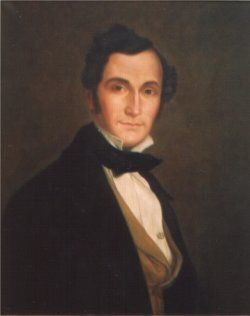
Lortzing’s Hans Sachs as inspiration for Wagner’s Die Meistersinger
Albert Lortzing (1801-51) wrote his comic opera Hans Sachs in 1840, and it was first performed that year at Leipzig. His best-known work, Zar und Zimmermann (Tsar and Carpenter) had had its premiere three years earlier.
For 150 years, Lortzing was, after Mozart and Verdi, the most performed opera composer in Germany.1 In 1928/29 there were 843 performances of his works in German theatres, compared with 821 of Mozart’s.2 The decade 1955-65 saw 8,719 Lortzing performances, a number exceeded only by the operas of Verdi, Mozart and Puccini.3 However, there have been fewer stagings of Lortzing’s works in recent years.4

’Richard Wagner and Visual Art’ — A New Zealand Road Trip
Here follows an account of a road trip to the four New Zealand Richard Wagner Societies by our president Trevor Clarke from 16 March to 11 April 2017 to deliver a talk on ‘Richard Wagner and Visual Art’.
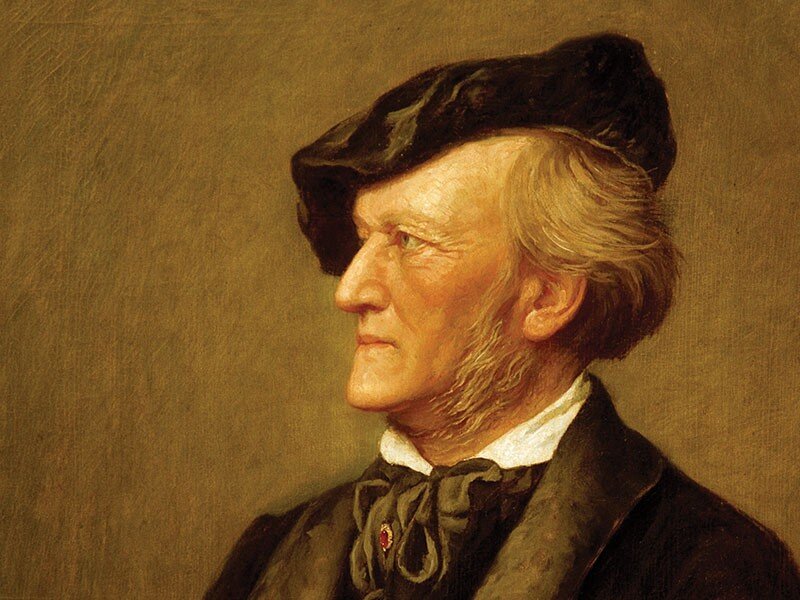
Richard Wagner on the Practice and Teaching of Singing
Weber and Beethoven were still alive when Wagner was a teenager, and their long shadows, together with those of Mozart and Marschner fell on all of his early projects. His first completed opera Die Feen, composed in 1833 when he was just twenty years old, was never performed in his lifetime but, even if it had been, it wouldn’t have sounded as good as it does in the best recorded versions we know today. The type of singing familiar to Wagner was far from ideal, and many German singers of his era were poorly trained and had unsophisticated techniques. His sternest critic, Eduard Hanslick had something to say on the difference between German and Italian singers at that time: ‘With the Italians’ he said, ‘great certainty and evenness throughout the role; with the Germans an unequal alternation of brilliant and mediocre moments, which seems partly accidental.’
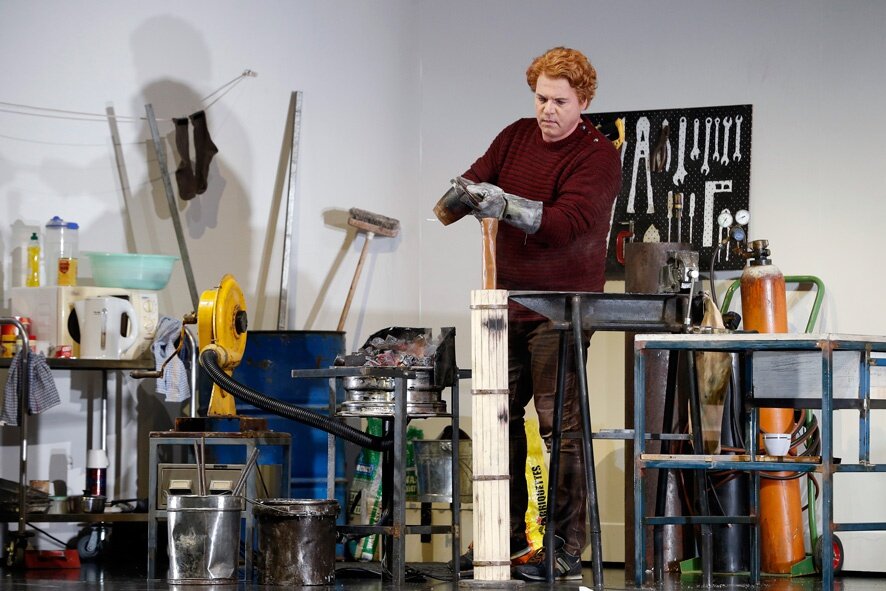
Lessons from The Ring – Part 1
You remember Mime? He’s the brother of Alberich, the Nibelung who stole the gold, renounced love and made the all-powerful ring. The ring of course soon slipped from Alberich’s finger – well, it was stolen in fact, by Wotan – and was then claimed by the giants Fasolt and Fafner as payment (in lieu of the goddess Freia) for the building of Valhalla.

